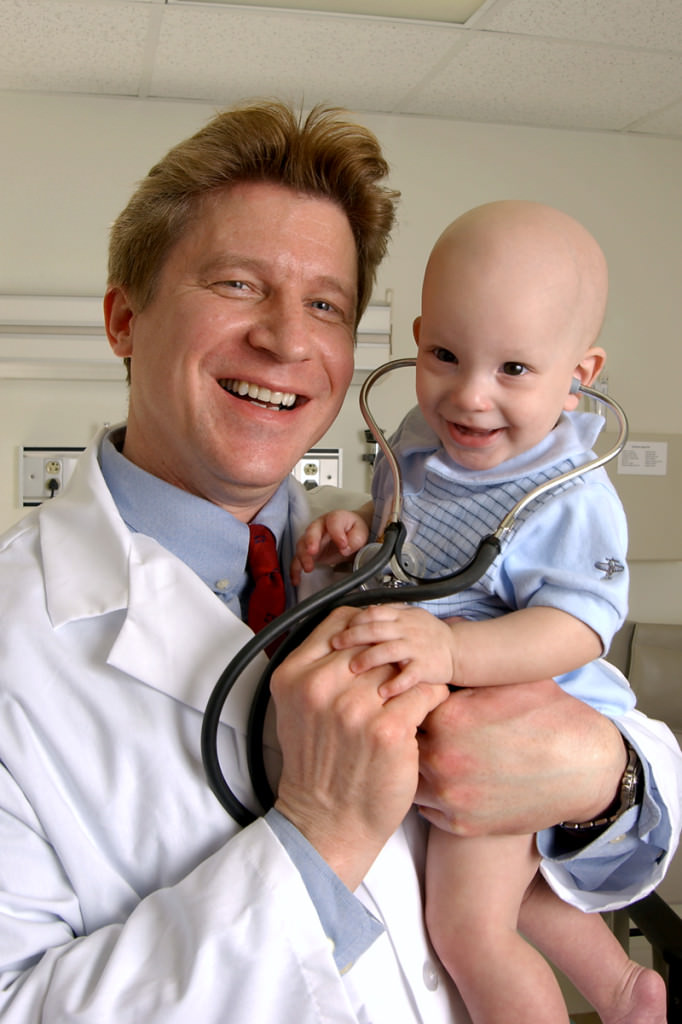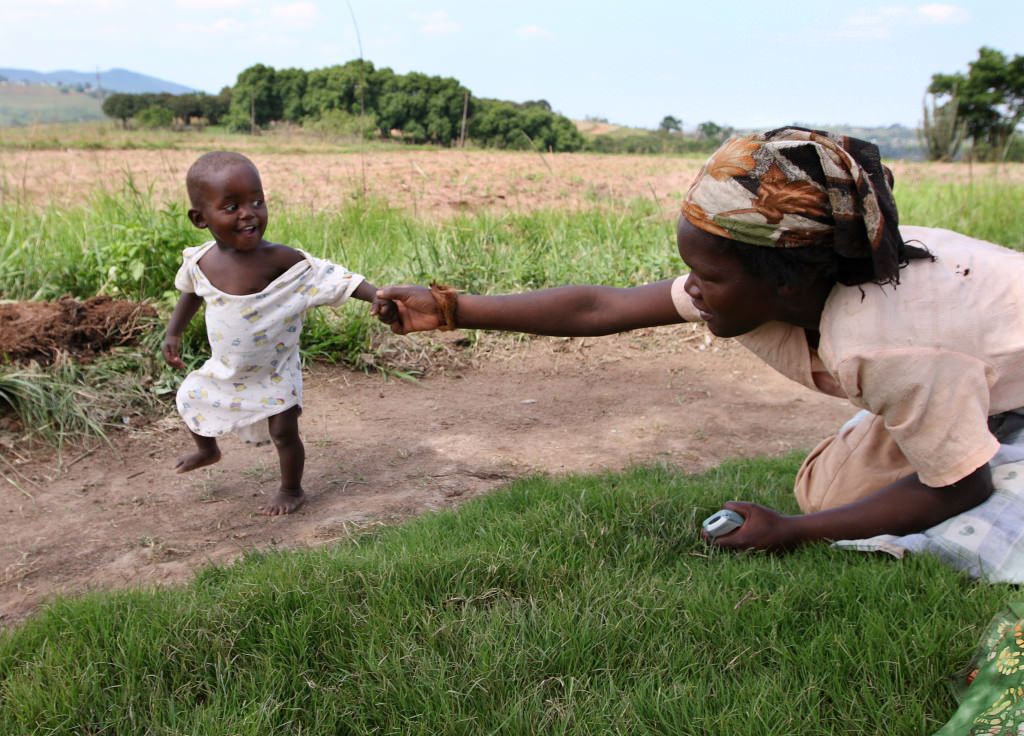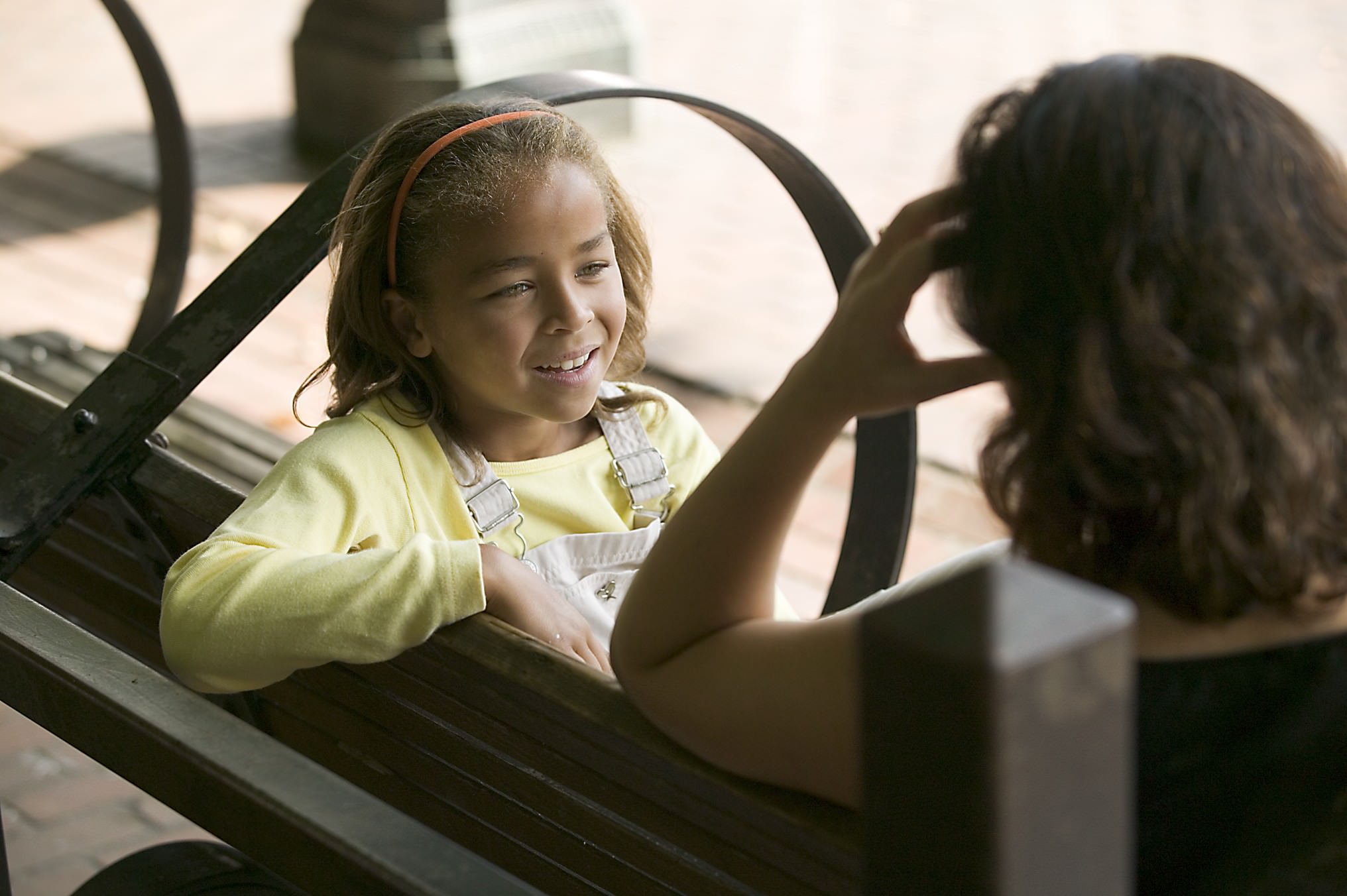Until she was 11 years old, Candace and her four brothers lived in a home in California that was far from safe. To say that her family had a brush with the law would be an understatement: the cops were called so often that they knew Candace by name.
“People should not be going through that”, she says. “That environment wasn’t helpful for my future, and it wasn’t what was best for me and my brothers.”
Candace and her siblings eventually ended up in the foster care system. “To see my mom’s face and her not even be emotional about her kids leaving her,” she says, “that was a whole other feeling.”
Unfortunately this heartbreaking situation is all too common. About 400,000 children in the U.S. are in foster care, according to the most recent statistics from the U.S. Department of Health and Human Services. Without stable, caring adult role models in their lives, foster kids often struggle to get good grades at school and maintain healthy relationships with others.
This is where an organization called the National CASA Association often steps in to lend a hand. CASA stands for Court Appointed Special Advocate, and CASA volunteers are appointed by judges to watch over children in foster care until they find safe, permanent homes.
Candace’s life began to change for the better when Genevieve began working as her CASA volunteer and giving her the parental guidance she always wanted.
“Genevieve is the most amazing, dedicated, loving lady I’ve ever met in my life”, says Candace. “Because of her, I’m going to college and doing what I need to do. Even though she pestered me all the time, every day, she knew what was best for me.”
In many cases, a child’s CASA volunteer is the only constant adult presence in his or her life. “We’ve been disappointed a lot of our life, but having someone to depend on, and knowing that they’re going to show up and not miss a visit is just irreplaceable,” says Candace. “The mother figure that every kid would want, the one that attends to everything—it’s Genevieve.”

Proud to Give Back
Success stories such as Candace’s are what make organizations like Jewelers for Children (JFC) proud to donate to CASA every year. JFC is an organization that was founded in 1999 by leaders in the global diamond and jewelry industry to give back to the community and assist kids in need. So far, JFC’s support has helped more than 8,500 foster kids like Candace.
But JFC’s charitable giving doesn’t stop there. Over the past 15 years, the organization has donated more than $45 million to its four national charity partners, which include CASA, as well as St. Jude Children’s Research Hospital, Make-A-Wish America, and the Elizabeth Glaser Pediatric AIDS Foundation. JFC’s funding comes from jewelry trade organizations, jewelry manufacturing companies, jewelry retail stores, individual jewelry professionals, and jewelry consumers—people and organizations that are passionate about making the world a better place.

Crisis Support
JFC’s giving will often extend beyond just those four main charities. When tragedy strikes and children are in urgent need of help, JFC jumps in to make a difference.
For example, during the recent Ebola outbreak in the western part of Africa, JFC made a one-time donation of $100,000 to Save the Children, an international non-governmental organization, to provide relief. “There are times when children and families are deeply affected by these disasters, and the feeling of our board is that, as an industry, as a whole, we simply can’t ignore them or pretend they’re not happening,” says David Rocha, executive director of JFC.
Right now, JFC’s donations to Save the Children’s Ebola Children’s Relief Fund go to food and supply kits and are helping kids in Liberia, Sierra Leone, and Guinea. For example, a 10-year-old boy named Moses was found on the side of a road in Liberia, all by himself, and extremely sick due to an Ebola infection. He had been traveling with his parents until they both died from the disease. This poor orphan had nobody to turn to for help. Fortunately, a police officer took him to a hospital, where he met another patient—a woman named Vivian. Once Moses and Vivian were treated and discharged, Vivian welcomed Moses into her home so that he wouldn’t have to live at an orphanage. Money from the Relief Fund made it possible for Vivian to help Moses.
During other emergencies in the recent past, JFC has also stepped up to the plate to offer support. For instance, the organization has donated to relief funds that have supported kids affected by the tsunami in Southeast Asia in 2005, the tsunami in Japan in 2010, the earthquake in Haiti in 2010, and the Sandy Hook Elementary School shooting in Connecticut in 2012.
JFC has accomplished so much that it is being granted a 2015 Good Award by the Diamond Empowerment Fund, an award that recognizes individuals, organizations, and corporations in the diamond and jewelry industry for outstanding leadership in the areas of global good corporate citizenship, sustainability, and promoting opportunity in diamond communities. “We’re fortunate to have the Diamond Empowerment Fund recognize the charity for all its hard work,” says Rocha.
To learn more about this and other diamond industry initiatives helping communities around the world, visit the Diamond Empowerment Fund.

